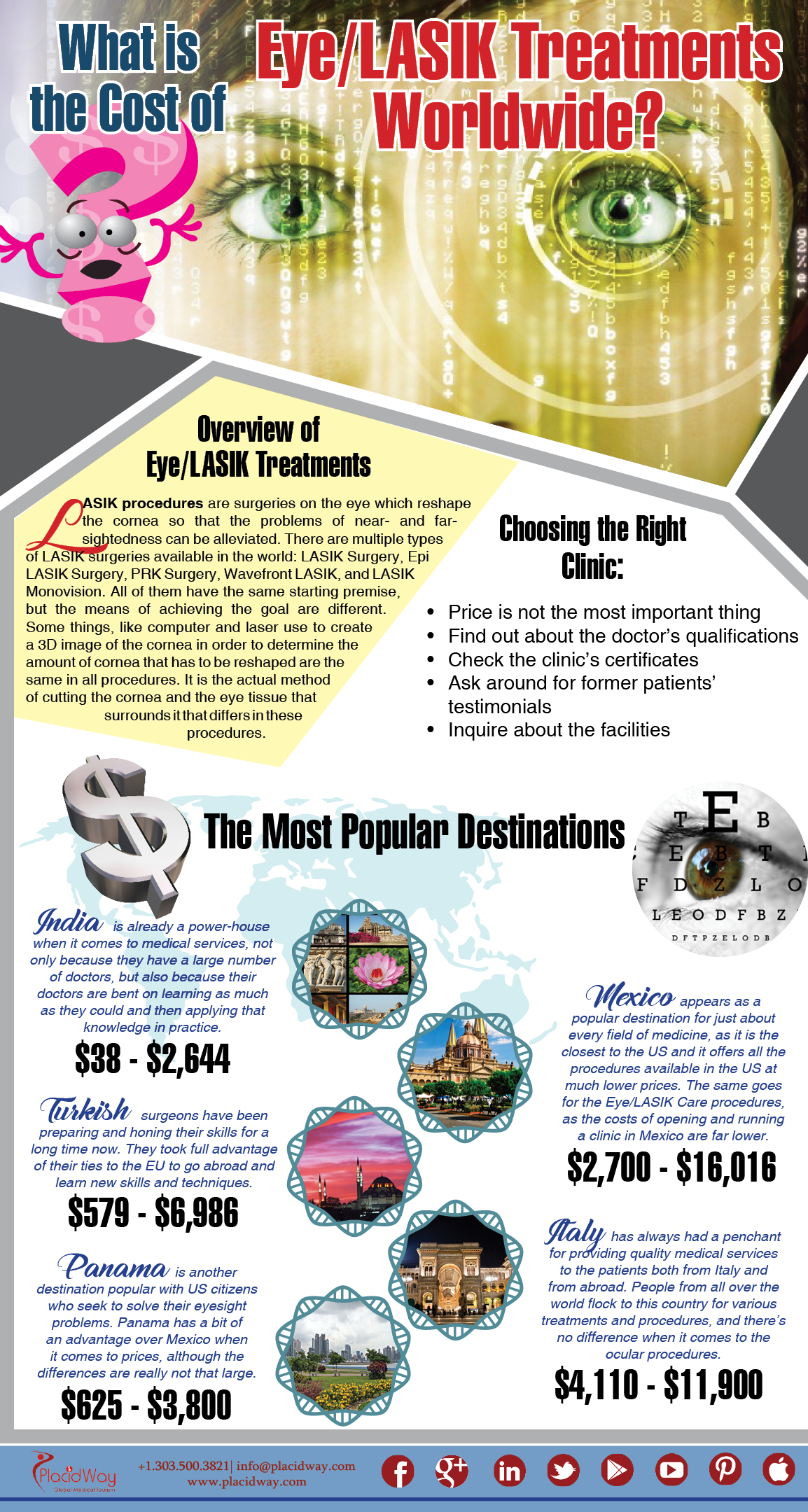Just How Does SMILE Eye Surgical Procedure Compare To LASIK And PRK?
Just How Does SMILE Eye Surgical Procedure Compare To LASIK And PRK?
Blog Article
Post By-Foss Wilder
If you have actually been taking into consideration SMILE eye surgical treatment, you might question how it compares to LASIK and PRK. Each treatment has its very own collection of benefits and considerations. From quicker healing times to potential dangers, there are crucial differences you need to be aware of before deciding. Recognizing these differences will certainly help you make an informed selection that straightens with your certain needs and expectations. Interested to know even more about just how these procedures contrast thoroughly? Keep exploring to gain a detailed understanding of SMILE, LASIK, and PRK.
SMILE Eye Surgical Procedure Introduction
If you're taking into consideration SMILE eye surgery, you'll locate it to be a minimally invasive treatment with a fast recuperation time. Throughout SMILE (Little Cut Lenticule Removal), a laser is used to create a tiny, specific incision in the cornea to get rid of a small item of tissue, improving it to remedy your vision. This varies from LASIK, where a flap is produced, and PRK, where the outer layer of the cornea is completely removed.
One of the vital advantages of SMILE is its minimally intrusive nature, resulting in a faster recovery process and much less discomfort post-surgery. visit the next page for SMILE is relatively quick, with several clients experiencing improved vision within a day or two. This makes it a prominent choice for those looking for a convenient and efficient vision improvement treatment. Additionally, SMILE has been revealed to have a reduced danger of dry eye disorder contrasted to LASIK, making it a beneficial alternative for people worried regarding this possible negative effects.
Distinctions Between SMILE, LASIK, and PRK
When comparing SMILE, LASIK, and PRK eye surgical procedures, it is very important to understand the distinctive strategies made use of in each treatment for vision correction.
SMILE (Small Cut Lenticule Extraction) is a minimally invasive treatment that involves developing a small cut to remove a lenticule from the cornea, reshaping it to fix vision.
LASIK (Laser-Assisted In Situ Keratomileusis) involves creating a slim flap on the cornea, making use of a laser to improve the underlying tissue, and then rearranging the flap.
you can look here (Photorefractive Keratectomy) removes the external layer of the cornea before improving the tissue with a laser.
The primary difference lies in the method the cornea is accessed and treated. SMILE is flapless, making it a good choice for individuals with slim corneas or those involved in contact sports. LASIK uses rapid visual recuperation as a result of the flap creation, yet it might posture a greater threat of flap-related problems. PRK, although having a much longer recuperation duration, stays clear of flap-related problems altogether.
Recognizing these differences is crucial in picking one of the most ideal treatment for your vision modification requirements.
Benefits And Drawbacks Comparison
To evaluate the benefits and downsides of SMILE, LASIK, and PRK eye surgical procedures, it's necessary to consider the particular benefits and prospective constraints of each procedure. SMILE surgical treatment uses the benefit of a minimally intrusive procedure, with a smaller cut and potentially quicker recuperation time compared to LASIK and PRK. It also reduces the threat of dry eye post-surgery, an usual negative effects of LASIK. However, SMILE might have restrictions in treating greater degrees of myopia or astigmatism compared to LASIK.
LASIK surgical procedure gives fast visual healing and marginal pain throughout the treatment. It's extremely reliable in dealing with a variety of refractive mistakes, consisting of nearsightedness, hyperopia, and astigmatism. Yet, LASIK lugs a danger of flap issues, which can impact the corneal framework.
PRK eye surgery, while not as prominent as LASIK, avoids developing a corneal flap, lowering the threat of flap-related issues. Highly recommended Web-site appropriates for individuals with thin corneas or irregular corneal surface areas. Nevertheless, PRK has a much longer recuperation time and might include much more pain during the healing process.
Verdict
So, when it comes to choosing in between SMILE, LASIK, and PRK, consider it like choosing the ideal set of footwear. SMILE resembles a smooth, comfy pair of sneakers - quick and simple.
LASIK is much more like trendy high heels - showy and quick, however with some possible threats.
PRK is like durable treking boots - trusted and long lasting, but requiring a little bit even more time and effort.
Eventually, the most effective option depends upon your specific needs and choices.
